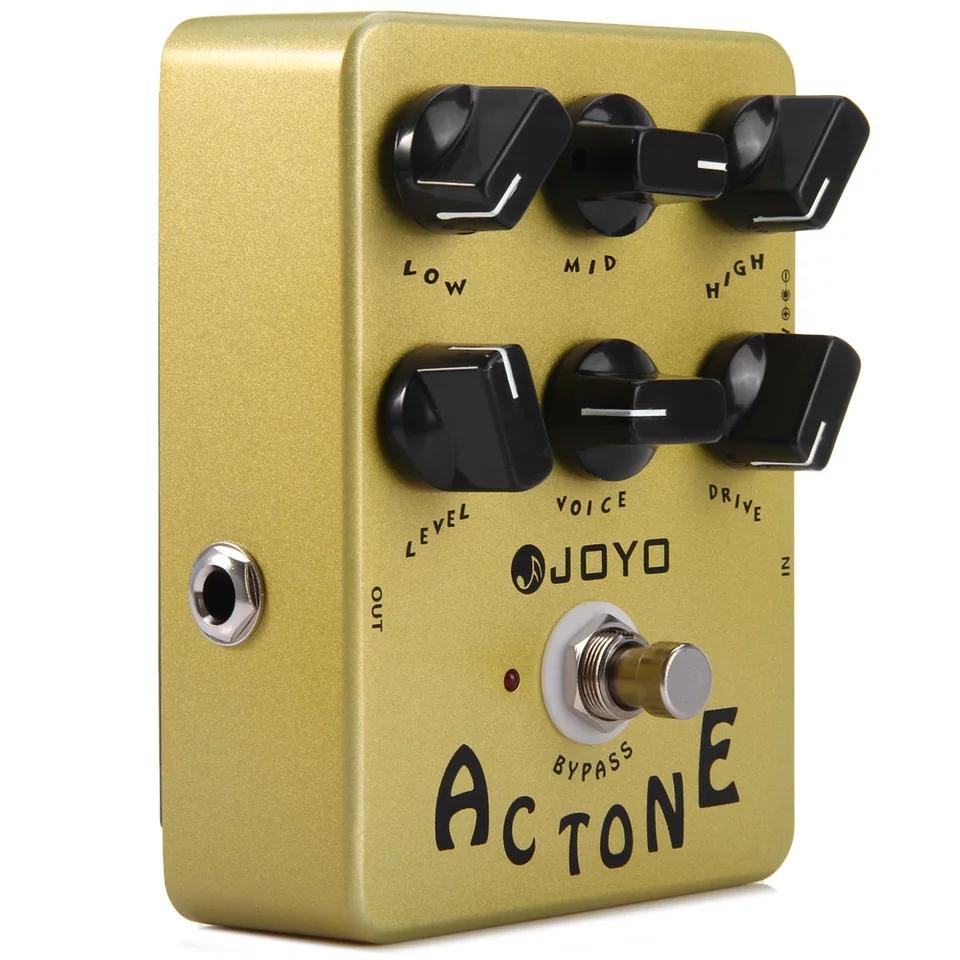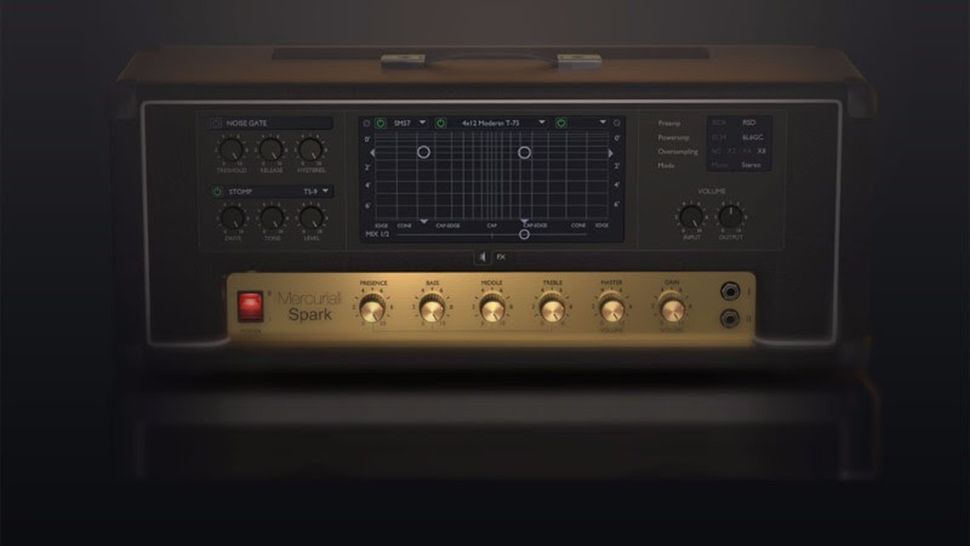
You´ll have less flexibility later, but possibly also less problems when trying to recreate that exact overdrive/distortion sound you had before. If the sound of the stompbox is the right one, and/or you won´t have it available later, record the signal from the output of the stompboxes: Guitar>Pedals>DI>Recorder. If the player uses stompboxes, from where should you take the DI signal, before or after the stompboxes? Well, this depends on each situation. Should you have to edit, which one would you prefer to use as reference? Top waveform comes from the DI, the two other are mics. This is a safety measure (maybe it could be used later to reinforce the main sound), but also because it can be useful: in case you need to do minor edits to some parts, the waveform of the 'clean' guitar is much clearer than the signal from the mics: I often record the DI signal from the guitar along with the real amplifier, even if a reamp session is not planned.
REAMP THORUGHT AMP SIM SIMULATOR
In this case, make sure the latency introduced by the simulator does not negatively affect the way the guitarist plays. Using a DI to record a 'clean' guitar signalĪnother option would be connecting the guitar directly to a Hi-Z input in your interface, and using then an amp simulator. By the way, if this is your setup, you could also record the amplifier, just in case:

The performance of a guitarist is heavily influenced by the sound of his/her amp so, even if you plan to use only the DI signal later, it´s a good idea to let the musician use a real amplifier while playing.Ĭonnect the output of the guitar into a DI, record the output of the DI in it´s own track, and use the 'parallel' output of the DI to feed a real amplifier. Preparing for the reamp processĪlthough you may feed any kind of signal into the amplifier, if your plan is to obtain new guitar tones, you´ll obtain the best results using a 'clean' guitar signal, i.e. However, as there are dedicated reamp boxes for less than 80 bucks, I prefer using one of them because they may save you a lot of headaches regarding levels, noises, etc. Note: maybe you´ve read about using a passive DI 'backwards' as a reamper, that´s another option. In it´s most basic form, a reamp box presents one input and one output, although it´s usual to see other functions as trim (to tame the output level in case it´s still too hot), polarity reversal, several outputs, etc.Ĭreation Audio Lab´s MW1 Studio Tool offers a good amount of options
REAMP THORUGHT AMP SIM PRO
Radial Pro RMP is an affordable reamp box This adaptor is called a re-amping box, and its function is similar to that of a DI: it adjusts the level and impedance of one equipment (the output of your recorder/interface) so other (the guitar amplifier) may work properly. The output impedance and signal level coming from your recorder/interface are quite different to those offered by the pickups of an electric guitar, so you´ll need an 'adaptor' if you want your amp to work properly.


This way you obtain a new 'version' of the original performance, in which you can dial in a new tone by changing parameters in the amplifier, cabinet/speaker, microphones, distances, etc.Īlthough the first thing that comes to mind is to use it with guitars, re-amping is a very powerful technique that opens a whole new world of opportunities.

Re-amping is the process of feeding an already recorded signal into an amplifier, and then recording back to tape/daw the sound coming from the speaker(s).


 0 kommentar(er)
0 kommentar(er)
